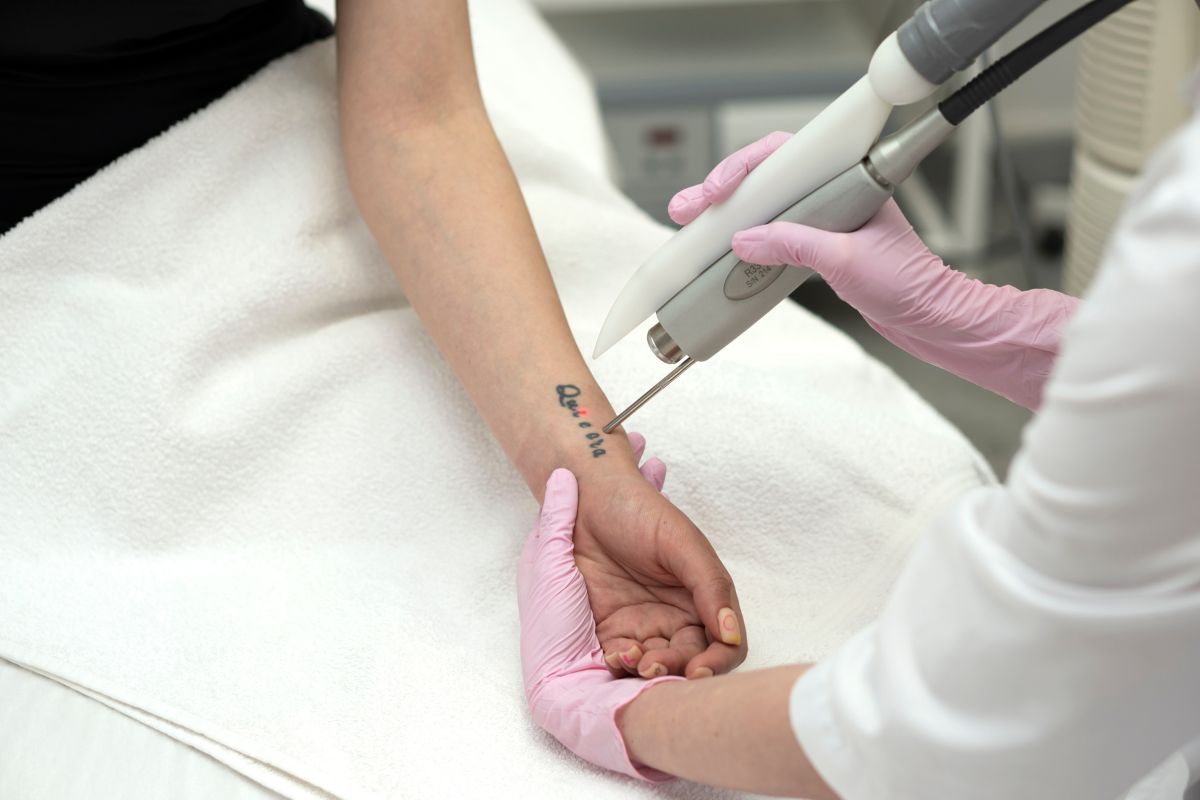Our skin gradually loses its youthful appearance as we age due to the natural decrease in collagen and elastin production. This can result in fine lines, wrinkles, and loss of volume. To combat these signs of aging, many people turn to dermal fillers and injectables as a minimally invasive solution.
This blog post will explore what dermal fillers and injectables are, how they work, and the different types available. With a better understanding of these treatments, you can confidently choose the best option for you at Affiliated Dermatology.
What are Dermal Fillers and Injectables?
Dermal fillers and injectables are non-surgical, minimally invasive treatments used to address various facial aging signs. Dermal fillers are gel-like substances that are injected beneath the skin to restore lost volume, smooth lines, and soften creases. Injectables, like Botox, are used to relax the facial muscles responsible for wrinkles and fine lines.
What are fillers used for?
Dermal fillers offer a wide range of applications for enhancing facial features and addressing various signs of aging. Here are some of the most common uses for dermal fillers:
- Smoothing wrinkles and lines
- Restoring volume
- Contouring and defining facial features
- Hand rejuvenation
It’s important to note that the specific use of dermal fillers depends on the type of filler and the individual’s unique needs and goals. A consultation with a professional at Affiliated Dermatology can help determine which dermal filler is best suited for your desired outcome.
What are the Different Types of Injectables?
Several types of injectables are available, each with unique properties and applications. Some of the most common injectables include:
- Botox: Botox is a popular injectable made from botulinum toxin type A, which works by temporarily relaxing the muscles that cause wrinkles and frown lines. It is most commonly used to treat forehead lines, crow’s feet, and frown lines between the eyebrows.
- Dermal fillers: Dermal fillers are used to restore volume and fullness to the face. They can be made from a variety of materials, including hyaluronic acid, calcium hydroxylapatite, and poly-L-lactic acid. Some popular dermal fillers include Juvederm, Restylane, and Sculptra.
- Kybella: Kybella is an injectable treatment specifically designed to reduce submental fat, also known as a double chin. It contains a synthetic form of deoxycholic acid, which breaks down fat cells and helps improve the contour of the neck and jawline.
What’s the Difference Between Botox and Dermal Fillers?
While Botox and fillers are both injectable treatments, they work in different ways and address different concerns. Botox works by temporarily relaxing the facial muscles responsible for wrinkles and fine lines, making it ideal for treating dynamic wrinkles caused by repeated muscle movement.
Dermal fillers, on the other hand, are used to add volume and fullness to areas of the face where volume has been lost due to aging or weight loss. This makes them perfect for treating static wrinkles and facial hollows and enhancing facial contours and features like the cheeks, lips, and jawline.
Learn More About Using Fillers and Injectables – Talk to Affiliated Dermatology® Today
If you’re considering dermal fillers or injectables as a way to enhance your appearance and combat the signs of aging, it’s essential to consult with a skilled and experienced provider. At Affiliated Dermatology, our team of professionals can help you determine the best course of action based on your unique needs and aesthetic goals.
To learn more about the benefits of these treatments and to find out which option is right for you, contact us today to schedule a consultation. You can reach us at (480) 674-4854 or online using our Contact Us form, as well as get more details about current specials and other news when you subscribe to Affiliated Dermatology’s mailing list.
Image Source: DuxX / Shutterstock






